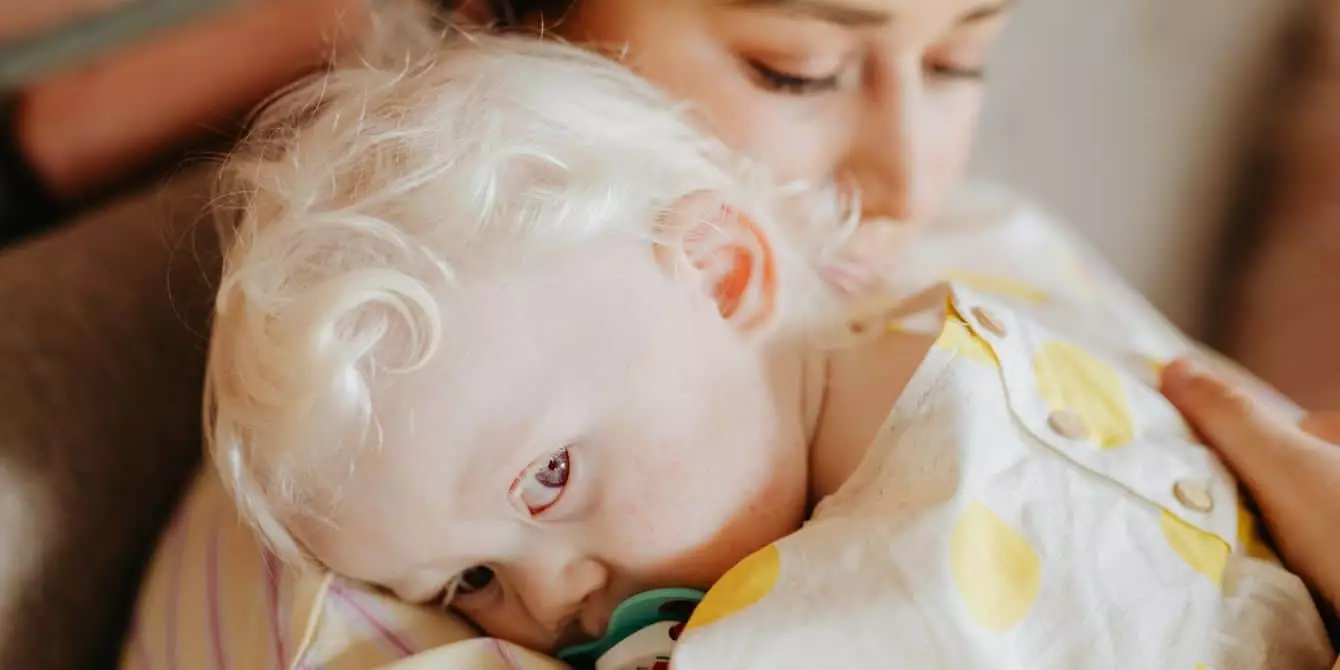As the respiratory syncytial virus (RSV) season progresses, it’s crucial for parents to be well-informed about this common childhood illness. Each year, RSV poses serious health risks to infants and young children, especially those under the age of two, born prematurely, or with underlying health conditions. In light of the current surge in cases, this article aims to dissect the virus’s symptoms, complications, preventive measures, and treatment options available to safeguard our little ones.
RSV is a highly contagious virus that primarily affects the respiratory system. Although most healthy children will encounter RSV at some point by the age of two, the severity of the infection varies significantly. For older children and adults, RSV symptoms often mimic that of a cold, presenting as a mild runny nose, sneezing, and a decrease in appetite. However, for infants, the same virus may result in much graver complications, including bronchiolitis and pneumonia. The rapid transition from mild to severe symptoms can be alarming for parents, making it imperative that they stay vigilant.
What makes RSV particularly concerning is its ability to cause life-threatening respiratory issues in vulnerable populations. Symptoms in infants may initially be subtle—irritability or slight difficulty in breathing—which often leads to delayed medical attention. Thus, early recognition of the symptomatic spectrum is essential for prompt intervention.
Awareness of the symptoms helps parents act swiftly when their child falls ill. In babies, RSV may present with:
– Clear, runny nose or nasal congestion
– Reduced appetite or difficulty feeding
– Persistent coughing
– Wheezing or rattling breaths
– Irritability and decreased activity levels
– Difficulty breathing, especially if the baby’s chest visibly retracts with each breath
Additionally, some children may exhibit a fever, although it may not always be present. Parents should consult medical professionals immediately when their baby shows signs of acute distress or exhibits severe symptoms.
A staggering statistic reveals that each year over 58,000 children under the age of five require hospitalization due to RSV. While many recover at home, a subset of infants may need advanced medical care, including oxygen therapy and intravenous (IV) fluids, especially those who present complications like pneumonia. Hence, ensuring that a child receives timely medical assistance is vital.
Careful monitoring for warning signs of severe RSV is crucial. If parents notice symptoms such as a high fever that doesn’t regress, fast or troubled breathing, or significant drowsiness, they must seek immediate medical care.
Currently, there is no specific cure for RSV; management focuses on alleviating symptoms and supporting recovery. Here are some effective measures parents can take at home:
– **Hydration**: Ensure your child is adequately hydrated to avert dehydration.
– **Rest**: Encourage ample sleep and quiet time, allowing the body to recuperate.
– **Fever Management**: Consult a physician about safe fever-reducing medications appropriate for your child’s age.
– **Use a Humidifier**: Employ a humidifier in the bedroom to help ease airway congestion during sleep.
– **Saline Drops**: Saline nasal sprays may help tackle nasal mucus, making it easier for infants to breathe.
– **Monitor Air Quality**: Avoid exposing the baby to smoke, strong scents, or other irritants as they could exacerbate respiratory distress.
These strategies can contribute significantly to a smoother recovery phase, yet they do not replace the need for medical intervention in severe cases.
Given RSV’s high contagiousness, preventing its spread is paramount. Simple hygiene habits can significantly minimize infection rates, particularly in communal settings like daycare facilities. Recommendations include:
– Regular hand washing, especially after caring for an ill child.
– Reinforcing “cover your cough” and sneeze protocols among older children.
– Maintaining cleanliness by frequently sanitizing toys and surfaces.
– Limiting contact with unknown individuals, particularly those showing signs of illness.
Among the preventive measures is the recent introduction of vaccines designed for expectant mothers, offering prenatal protection against RSV for newborns. Countries such as Australia began administering these vaccines in early 2024, a step forward in safeguarding vulnerable infants.
Navigating through RSV season requires the collective effort of parents, healthcare providers, and communities. By staying informed and vigilant, we can protect our little ones and manage the risks associated with RSV. Ultimately, open communication about symptoms, prevention strategies, and when to seek medical help can significantly reduce the impact of RSV and help ensure that our children remain safe and healthy during the peak seasons.

